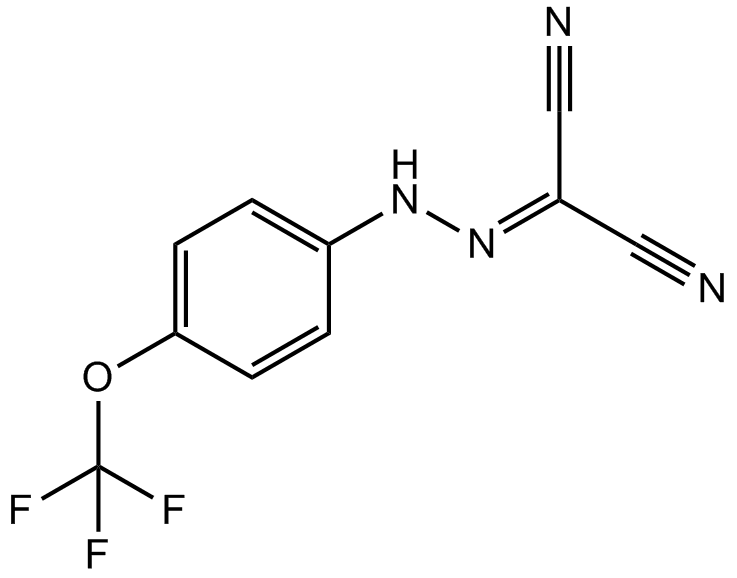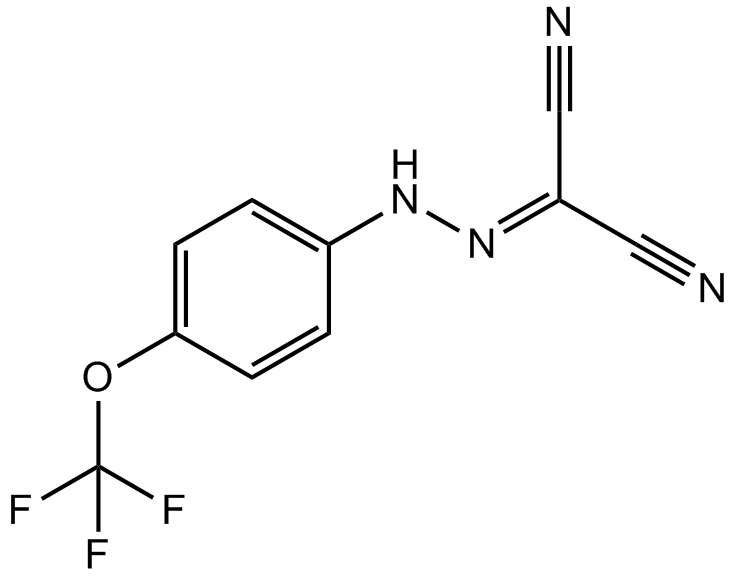FCCP
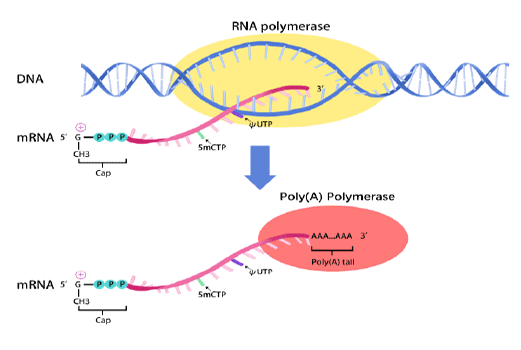
mRNA synthesis
In vitro transcription of capped mRNA with modified nucleotides and Poly(A) tail
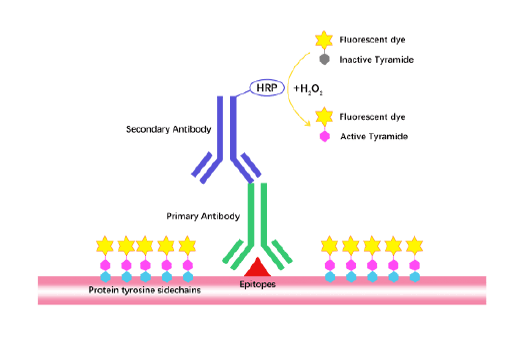
Tyramide Signal Amplification (TSA)
TSA (Tyramide Signal Amplification), used for signal amplification of ISH, IHC and IC etc.
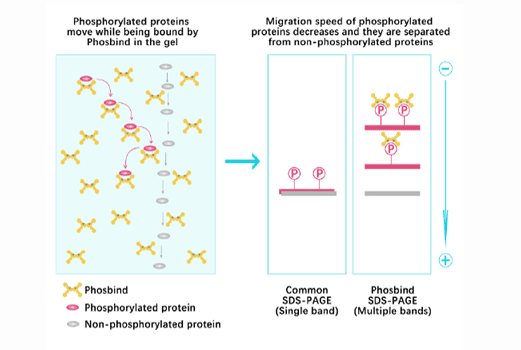
Phos Binding Reagent Acrylamide
Separation of phosphorylated and non-phosphorylated proteins without phospho-specific antibody
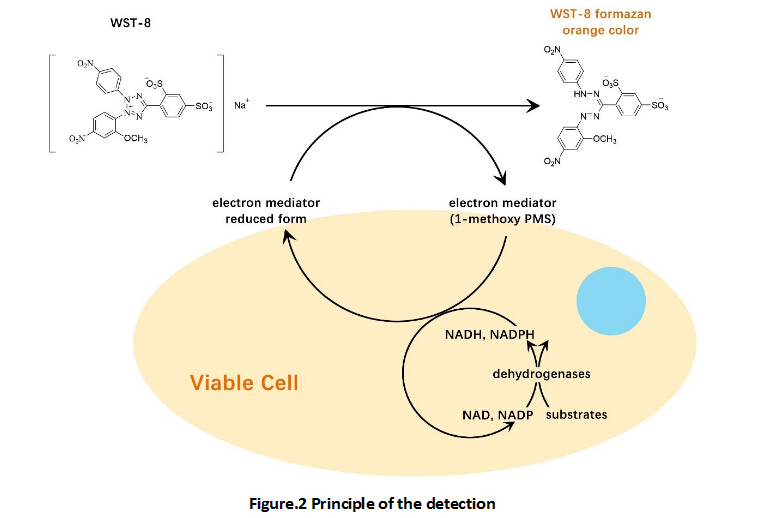
Cell Counting Kit-8 (CCK-8)
A convenient and sensitive way for cell proliferation assay and cytotoxicity assay
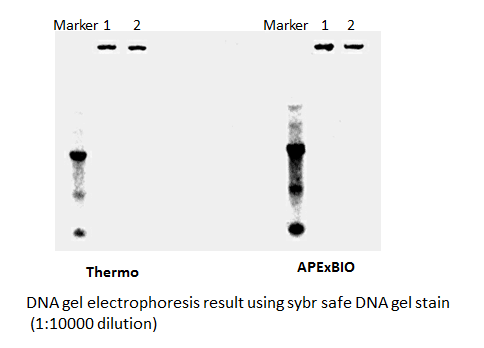
SYBR Safe DNA Gel Stain
Safe and sensitive stain for visualization of DNA or RNA in agarose or acrylamide gels.
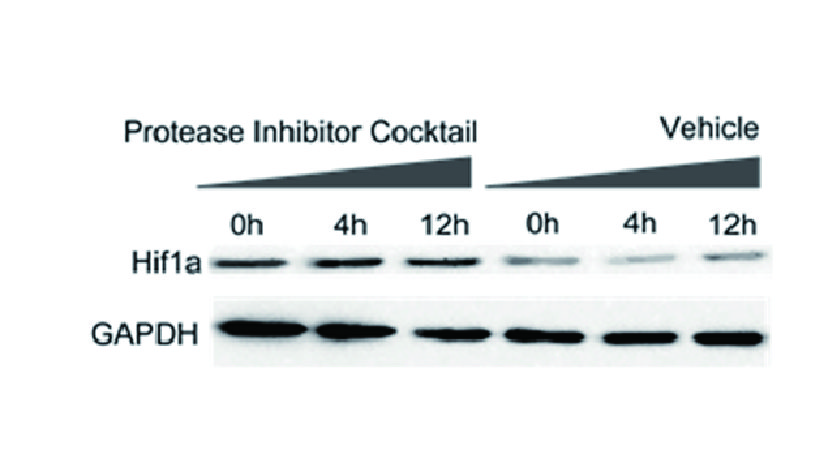
Inhibitor Cocktails
Protect the integrity of proteins from multiple proteases and phosphatases for different applications.
The mitochondrial uncoupler FCCP (carbonyl cyanide p-trifluoro methoxyphenylhydrazone) functions as a lipophilic cationic proton translocator that freely carries dissociable protons across membranes and dissipates the proton gradient. This process removes the proton gradient required to drive ATP synthesis. IC50 value is 0.51 µM with treatment of T47D cells against FCCP. [1]
FCCP is a potent uncoupler of oxidative phosphorylation in mitochondria that disrupts ATP synthesis by transporting protons across cell membranes.
In vitro, FCCP increases the rate of cellular O2 consumption. In PC-3 and DU-145 prostate cancer cells, the compound could significantly decrease hypoxic as well as normoxic HIF-1 transcriptional activity which was in part mediated by down-regulation of the oxygen labile HIF-1α and HIF-2α protein levels. During hypoxic as well as normoxic, it decreases the expression of HIF target genes, VEGF and VEGF receptor-2. [2]
In vivo, FCCP reduces mitochondrial membrane potential and ATP production in 8-cell mouse embryos. Also, the number of inner cell mass cells decrease within blastocysts with unchanged blastocyst development. This perturbed embryonic mitochondrial function is concomitant with reduced birth weight in female offspring following embryo transfer, which persists until weaning. Although FCCP-treated males also exhibits reduced glucose tolerance as female, their insulin sensitivity and adiposity gain between 4 and 14 weeks is unchanged. Reducing mitochondrial function and, thus, decreasing ATP output in the precompacting embryo can influence offspring phenotype. [3]
References:
[1]. Du L, Mahdi F, Jekabsons MB, et al. Mammea E/BB, an isoprenylated dihydroxycoumarin protonophore that potently uncouplesmitochondrial electron transport, disrupts hypoxic signaling in tumor cells. J Nat Prod. 2010 Nov 29; 73 (11):1868-72.
[2] Thomas R, Kim MH. Targeting the hypoxia inducible factor pathway with mitochondrial uncouplers. Mol Cell Biochem. 2007 Feb; 296 (1-2):35-44.
[3] Zander-Fox DL, Fullston T2, McPherson NO2, et al. Reduction of Mitochondrial Function by FCCP During Mouse Cleavage Stage Embryo Culture Reduces Birth Weight and Impairs the Metabolic Health of Offspring. Biol Reprod. 2015 May; 92 (5):124.
| Physical Appearance | A crystalline solid |
| Storage | Store at RT |
| M.Wt | 254.17 |
| Cas No. | 370-86-5 |
| Formula | C10H5F3N4O |
| Solubility | insoluble in H2O; ≥25 mg/mL in EtOH with ultrasonic; ≥56.6 mg/mL in DMSO with ultrasonic |
| Chemical Name | (4-(trifluoromethoxy)phenyl)carbonohydrazonoyl dicyanide |
| SDF | Download SDF |
| Canonical SMILES | FC(F)(OC1=CC=C(C=C1)N/N=C(C#N)/C#N)F |
| 运输条件 | 蓝冰运输或根据您的需求运输。 |
| 一般建议 | 不同厂家不同批次产品溶解度各有差异,仅做参考。若实验所需浓度过大至产品溶解极限,请添加助溶剂助溶或自行调整浓度。溶液形式一般不宜长期储存,请尽快用完。 |
| Cell experiment:[1] | |
|
Cell lines |
PC-3 and DU-145 prostate cancer cells |
|
Reaction Conditions |
10 μM FCCP for 24 h incubation |
|
Applications |
FCCP significantly decreased hypoxic as well as normoxic HIF-1 transcriptional activity which was in part mediated by down-regulation of the oxygen labile HIF-1α and HIF-2α protein levels in PC-3 and DU-145 prostate cancer cells. FCCP also decreased the expression of HIF target genes, VEGF and VEGF receptor-2. The mitochondrial uncoupler FCCP may be useful in the inhibition of HIF pathway in tumors. |
|
Note |
The technical data provided above is for reference only. |
|
References: 1. Thomas R, Kim MH. Targeting the hypoxia inducible factor pathway with mitochondrial uncouplers. Molecular and Cellular Biochemistry, 2007, 296(1-2): 35-44. |
|
质量控制和MSDS
- View current batch:
化学结构
